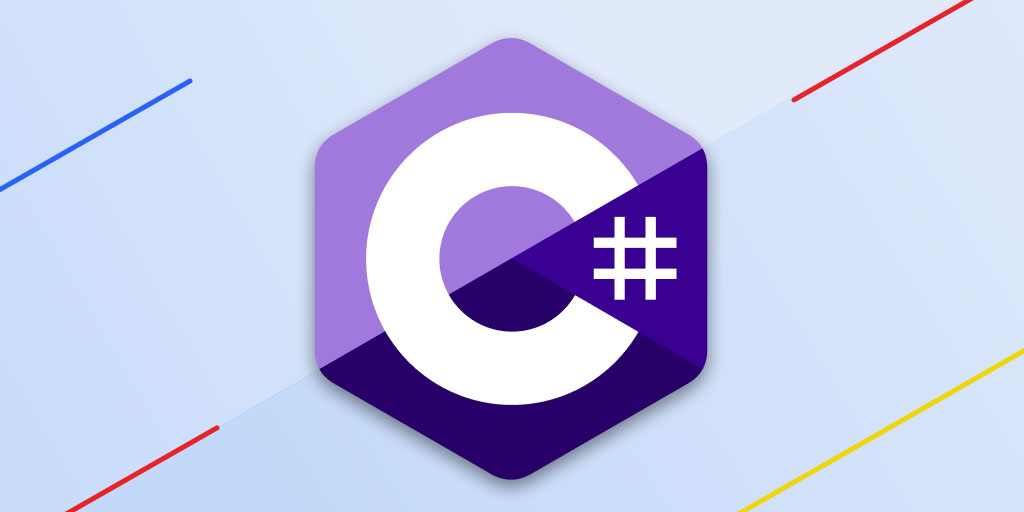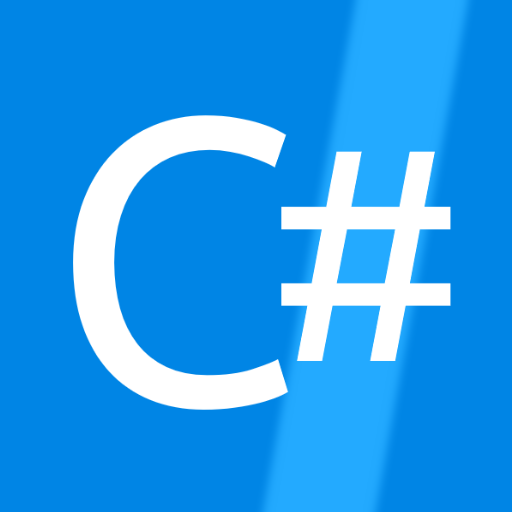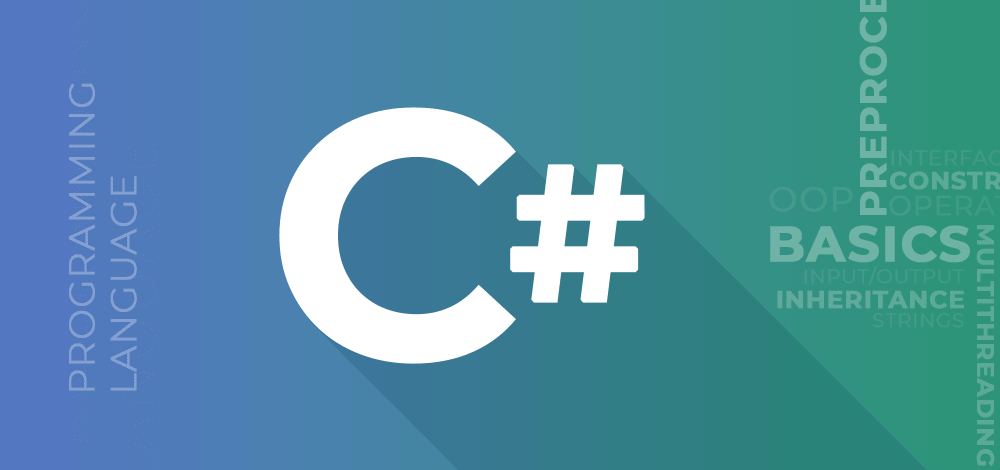Deep Dive into C# Generics Constraints and Covariance
Jul 12, 2025 am 02:00 AMGeneric constraints are used to restrict type parameters to ensure specific behavior or inheritance relationships, while covariation allows subtype conversion. For example, where T : IComparable

The generic constraints and covariation mechanisms of C# are a knowledge point that many developers cannot avoid when they advance. Many people think they are a bit abstract and even confusing when they first come into contact. In fact, as long as you understand the problems they solve, it will be much easier to use.

Why are generic constraints required?
Generics themselves are very flexible, but because they are too flexible, sometimes we want to limit the types passed in to ensure that they have certain behaviors or inherit from a base class. Generic constraints are needed at this time.

To give the simplest example: you wrote a method that you want to compare the types you passed, such as sorting. If no constraint is added, the compiler does not know whether the T passed in supports comparison operations. So you can write this:
public class MyList<T> where T : IComparable<T>
This means that T must implement IComparable<T> interface. This allows you to call T.CompareTo() method internally with confidence.

Common generic constraints include:
-
where T : class——Only reference type -
where T : struct——Only value type -
where T : new()——There must be a parameter constructor -
where T : SomeBaseClass— Must inherit from the specified class -
where T : ISomeInterface— An interface must be implemented
Multiple constraints can exist at the same time, separated by commas. new() is usually put last in sequence because of the syntax requirements.
What does covariance mean?
Covariance sounds very advanced, but in fact it is a kind of "subtype conversion". For example, if we know string is a subclass of object , can I use IEnumerable<string> as IEnumerable<object> ? Not possible by default unless this interface or delegate supports covariance.
In C#, if a generic interface supports covariance, you will see the writing of out T For example:
public interface IEnumerable<out T>
out T here means that this type of parameter is only used for output (return value) and cannot be passed in as method parameters. The advantage of this is that it allows implicit conversions, such as:
IEnumerable<string> strings = new List<string>(); IEnumerable<object> objects = strings; // Covariance takes effect
Note: Covariation is allowed only if type safety is guaranteed. In other words, it can only be read but not modified, otherwise it will destroy data consistency.
Common misunderstandings and precautions
Covariance only applies to interfaces and delegates
Classes do not support covariance or inversion. Only interfaces likeIEnumerable<out t></out>andIEnumerator<out t></out>are supported.-
The difference between out and in keywords needs to be clarified
-
out T: covariance, can only be used as return value -
in T: Inverter, can only be used as input parameters
-
Generic constraints cannot be added casually
For example, if you addclassconstraints toT, you cannot pass the structure in. Sometimes, for flexibility, there is no need to add constraints.Covariance is not a universal type conversion
AlthoughIEnumerable<string>can be used asIEnumerable<object>, it cannot be the other way around, that is a matter of inversion.
Basically that's it. Although generic constraints and covariance may seem a bit complicated, they all exist to solve practical problems: one is to control the type scope and the other is to enhance type compatibility. If you master these two points, the code you write will be safer and more flexible.
The above is the detailed content of Deep Dive into C# Generics Constraints and Covariance. For more information, please follow other related articles on the PHP Chinese website!

Hot AI Tools

Undress AI Tool
Undress images for free

Undresser.AI Undress
AI-powered app for creating realistic nude photos

AI Clothes Remover
Online AI tool for removing clothes from photos.

Clothoff.io
AI clothes remover

Video Face Swap
Swap faces in any video effortlessly with our completely free AI face swap tool!

Hot Article

Hot Tools

Notepad++7.3.1
Easy-to-use and free code editor

SublimeText3 Chinese version
Chinese version, very easy to use

Zend Studio 13.0.1
Powerful PHP integrated development environment

Dreamweaver CS6
Visual web development tools

SublimeText3 Mac version
God-level code editing software (SublimeText3)
 Creating and Applying Custom Attributes in C#
Jul 07, 2025 am 12:03 AM
Creating and Applying Custom Attributes in C#
Jul 07, 2025 am 12:03 AM
CustomAttributes are mechanisms used in C# to attach metadata to code elements. Its core function is to inherit the System.Attribute class and read through reflection at runtime to implement functions such as logging, permission control, etc. Specifically, it includes: 1. CustomAttributes are declarative information, which exists in the form of feature classes, and are often used to mark classes, methods, etc.; 2. When creating, you need to define a class inherited from Attribute, and use AttributeUsage to specify the application target; 3. After application, you can obtain feature information through reflection, such as using Attribute.GetCustomAttribute();
 Designing Immutable Objects and Data Structures in C#
Jul 15, 2025 am 12:34 AM
Designing Immutable Objects and Data Structures in C#
Jul 15, 2025 am 12:34 AM
The core of designing immutable objects and data structures in C# is to ensure that the state of the object is not modified after creation, thereby improving thread safety and reducing bugs caused by state changes. 1. Use readonly fields and cooperate with constructor initialization to ensure that the fields are assigned only during construction, as shown in the Person class; 2. Encapsulate the collection type, use immutable collection interfaces such as ReadOnlyCollection or ImmutableList to prevent external modification of internal collections; 3. Use record to simplify the definition of immutable model, and generate read-only attributes and constructors by default, suitable for data modeling; 4. It is recommended to use System.Collections.Imm when creating immutable collection operations.
 Handling Large Datasets Efficiently with C#
Jul 06, 2025 am 12:10 AM
Handling Large Datasets Efficiently with C#
Jul 06, 2025 am 12:10 AM
When processing large amounts of data, C# can be efficient through streaming, parallel asynchronous and appropriate data structures. 1. Use streaming processing to read one by one or in batches, such as StreamReader or EFCore's AsAsyncEnumerable to avoid memory overflow; 2. Use parallel (Parallel.ForEach/PLINQ) and asynchronous (async/await Task.Run) reasonably to control the number of concurrency and pay attention to thread safety; 3. Select efficient data structures (such as Dictionary, HashSet) and serialization libraries (such as System.Text.Json, MessagePack) to reduce search time and serialization overhead.
 Writing Maintainable and Testable C# Code
Jul 12, 2025 am 02:08 AM
Writing Maintainable and Testable C# Code
Jul 12, 2025 am 02:08 AM
The key to writing C# code well is maintainability and testability. Reasonably divide responsibilities, follow the single responsibility principle (SRP), and take data access, business logic and request processing by Repository, Service and Controller respectively to improve structural clarity and testing efficiency. Multi-purpose interface and dependency injection (DI) facilitate replacement implementation, extension of functions and simulation testing. Unit testing should isolate external dependencies and use Mock tools to verify logic to ensure fast and stable execution. Standardize naming and splitting small functions to improve readability and maintenance efficiency. Adhering to the principles of clear structure, clear responsibilities and test-friendly can significantly improve development efficiency and code quality.
 Creating Custom Middleware in ASP.NET Core C#
Jul 11, 2025 am 01:55 AM
Creating Custom Middleware in ASP.NET Core C#
Jul 11, 2025 am 01:55 AM
Create custom middleware in ASP.NETCore, which can be implemented by writing classes and registering. 1. Create a class containing the InvokeAsync method, handle HttpContext and RequestDelegatenext; 2. Register with UseMiddleware in Program.cs. Middleware is suitable for general operations such as logging, performance monitoring, exception handling, etc. Unlike MVC filters, it acts on the entire application and does not rely on the controller. Rational use of middleware can improve structural flexibility, but should avoid affecting performance.
 Mastering C# Reflection and Its Use Cases
Jul 06, 2025 am 12:40 AM
Mastering C# Reflection and Its Use Cases
Jul 06, 2025 am 12:40 AM
Reflection is a function in C# for dynamic analysis and modification of program structures at runtime. Its core functions include obtaining type information, dynamically creating objects, calling methods, and checking assembly. Common application scenarios include: 1. Automatically bind the data model, such as mapping dictionary data to class instances; 2. Implement the plug-in system, loading external DLLs and calling its interface; 3. Supporting automated testing and logging, such as executing specific feature methods or automatically recording logs. When using it, you need to pay attention to performance overhead, encapsulation corruption and debugging difficulties. Optimization methods include caching type information, using delegates to improve call efficiency, and generating IL code. Rational use of reflection can improve the flexibility and versatility of the system.
 Best Practices for Using LINQ in C# Effectively
Jul 09, 2025 am 01:04 AM
Best Practices for Using LINQ in C# Effectively
Jul 09, 2025 am 01:04 AM
The following points should be followed when using LINQ: 1. Priority is given to LINQ when using declarative data operations such as filtering, converting or aggregating data to avoid forced use in scenarios with side effects or performance-critical scenarios; 2. Understand the characteristics of delayed execution, source set modifications may lead to unexpected results, and delays or execution should be selected according to requirements; 3. Pay attention to performance and memory overhead, chain calls may generate intermediate objects, and performance-sensitive codes can be replaced by loops or spans; 4. Keep the query concise and easy to read, and split complex logic into multiple steps to avoid excessive nesting and mixing of multiple operations.
 Deep Dive into C# Generics Constraints and Covariance
Jul 12, 2025 am 02:00 AM
Deep Dive into C# Generics Constraints and Covariance
Jul 12, 2025 am 02:00 AM
Generic constraints are used to restrict type parameters to ensure specific behavior or inheritance relationships, while covariation allows subtype conversion. For example, whereT:IComparable ensures that T is comparable; covariation such as IEnumerable allows IEnumerable to be converted to IEnumerable, but it is only read and cannot be modified. Common constraints include class, struct, new(), base class and interface, and multiple constraints are separated by commas; covariation requires the out keyword and is only applicable to interfaces and delegates, which is different from inverter (in keyword). Note that covariance does not support classes, cannot be converted at will, and constraints affect flexibility.






